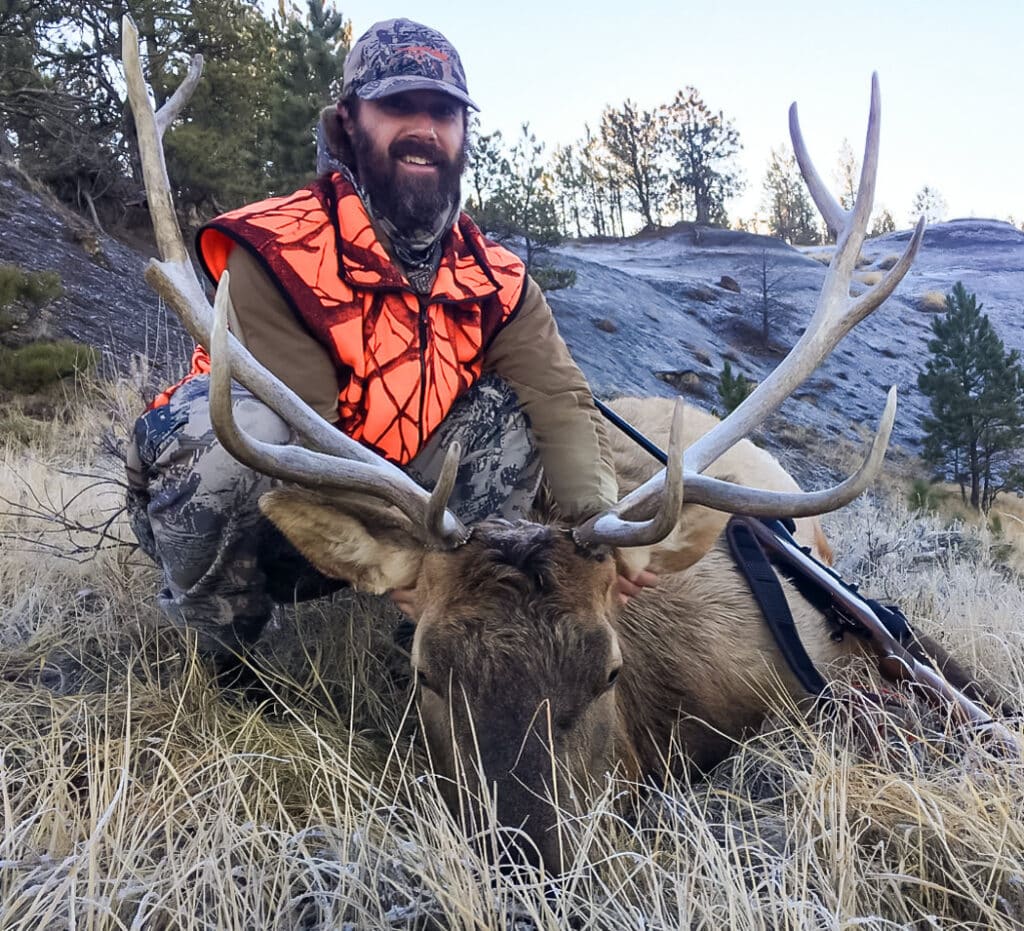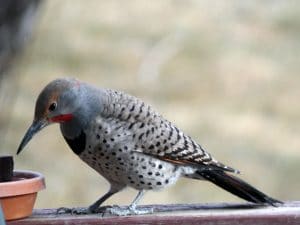
Like many of MWF’s members, I fish and hunt and care about non-game species. I vote and sign petitions, hoping to make a large-scale difference. And I garden and participate in Cornell Lab’s citizen science Project FeederWatch to make a difference in my double lot in town that’s home.
Montana Wildlife Federation partners with the National Wildlife Federation to provide guidelines and a certification program called Garden for Wildlife. I got excited about gardening for pollinators and native species before I knew of the program, but now that I’ve seen the checklist, I realize I can certify too. I also have food for thought for how to make my garden even better next growing season.
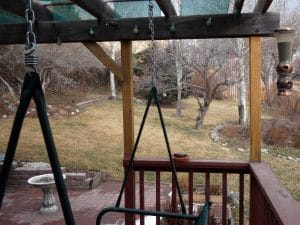
I also provide a birdbath with a rock for perching, and a plastic saucer my husband and I keep free of ice. I hang suet, a nyjer sock, and a black oil sunflower seed feeder. My two feline friends appreciate the window hunting these provide, but don’t get to go outside to chase birds.
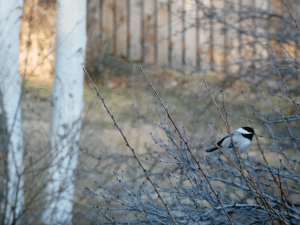
When ice, frost or snow blanket our garden, or wind howls down from the Absarokas, I feel a flush of pleasure to see birds in the shelter of the thicket on the north side of the house. I like to sit on the couch in the sun and imagine bees and moths on our fall asters, and butterflies on our milkweed and goldenrod. I stare out the windows and wonder where we could reduce our lawn—my husband likes it, and I like my husband—and I’m thankful he cares about this stuff too.
Gardening for wildlife is a win for native species and for me: Like most people, I’m happiest when I’m contributing to something important. Try it at your place this year!
